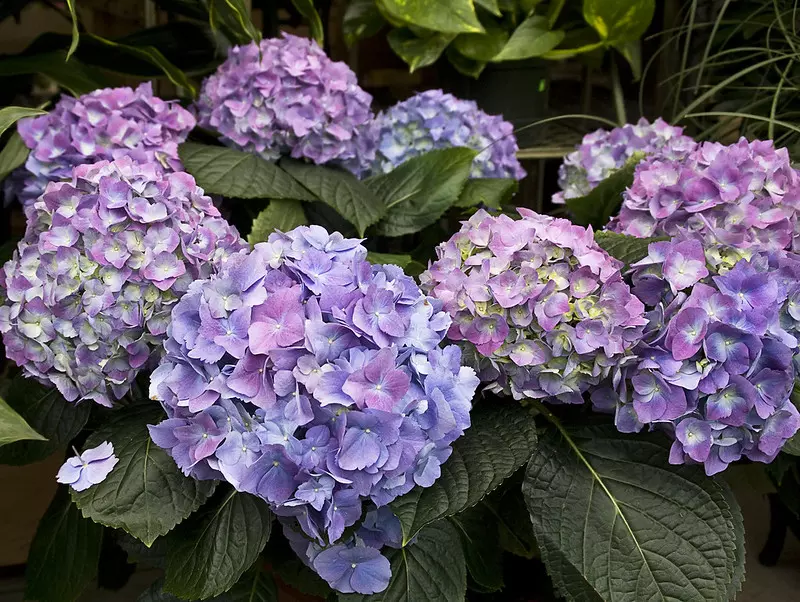
The Best Hydrangea Specialists in the United Kingdom
Discover the top hydrangea specialists across the United Kingdom, offering a diverse range of varieties and expert advice.
Read MoreLooking to add a show-stopping hydrangea to your garden or patio? Whether you're buying online or in person, choosing the right hydrangea can be the difference between a thriving plant and disappointment. In this expert guide, you'll learn how to select the perfect hydrangea for your conditions, what to look out for when buying, and which varieties are best for your space.

Choosing the right hydrangea starts with understanding the different types available to gardeners. In the UK and US, the most popular species include Hydrangea macrophylla, Hydrangea paniculata, Hydrangea arborescens, Hydrangea quercifolia, and Hydrangea serrata. Each has its own growing requirements, flower shapes, and seasonal characteristics-making it essential to select the type that suits your garden’s light levels, climate, and maintenance preferences.
This is the most commonly grown hydrangea in British gardens and is prized for its iconic globe-like (mophead) or flat-topped (lacecap) blooms. It flowers on old wood and is well-suited to part-shade locations with moist, well-drained soil. One of the most fascinating traits of H. macrophylla is its ability to change colour based on soil pH-acidic soil yields blue or purple flowers, while alkaline soil results in pink or red hues.
Mopheads are particularly showy and popular in cottage gardens, while lacecaps offer a more subtle, wildflower-like charm. This variety typically blooms from mid to late summer, and many cultivars are compact enough for containers. For more detailed information, see The Ultimate Guide to Hydrangea macrophylla (Garden Hydrangea).
Known for their large, cone-shaped flower heads and outstanding hardiness, panicle hydrangeas are excellent choices for full sun locations. They are more tolerant of pruning, often blooming on new wood, which means they flower reliably year after year regardless of winter damage. Varieties like ‘Limelight’, ‘Vanille Fraise’, and ‘Pinky Winky’ offer a striking range of colours from creamy white to rich pinks and reds as they age.
H. paniculata also tends to be larger in size, making it ideal as a feature shrub or hedge plant. It begins blooming slightly earlier than macrophylla types and continues well into autumn. Its drought-tolerant nature makes it popular with gardeners seeking lower-maintenance options. Learn more in The Ultimate Guide to Hydrangea paniculata (Panicle Hydrangea).
Native to North America and often referred to as “smooth hydrangea” or “sevenbark,” H. arborescens is one of the hardiest and most adaptable hydrangea species. Cultivars such as the well-loved ‘Annabelle’ produce large, rounded white flower heads that can reach up to 25cm in diameter. They bloom on new wood, making pruning simple-cutting them back in late winter helps control size and encourages larger blooms.
While traditional varieties may flop in wet weather due to the sheer size of their flower heads, newer cultivars like ‘Incrediball’ offer stronger stems. These hydrangeas thrive in both sun and part shade and are an excellent option for borders and woodland-style planting. Read more at The Ultimate Guide to Hydrangea arborescens (Smooth Hydrangea or Sevenbark).
Recognisable by its lobed, oak-like foliage, this stunning species brings multi-seasonal interest to the garden. In summer, H. quercifolia displays upright, cone-shaped blooms that range from white to pink, while in autumn its leaves turn fiery red, orange, and burgundy. This makes it not only a flowering shrub but also a valuable foliage plant.
It prefers dappled shade and well-drained soil, and it tolerates periods of dryness once established. While not as commonly found in UK garden centres, its distinctive leaf shape and autumnal flair make it a standout choice for those seeking something a little different. Explore its unique attributes in The Ultimate Guide to Hydrangea quercifolia (Oakleaf Hydrangea).
Often regarded as a mountain hydrangea, H. serrata is a close relative of H. macrophylla but offers a smaller, more delicate appearance. Its flowers are usually lacecap in form and are highly responsive to soil pH, similar to mopheads. The foliage can also take on red tints in autumn, adding to seasonal interest.
Thanks to its more compact growth habit, this hydrangea is ideal for containers, small borders, or Japanese-style gardens. It’s a popular choice in colder regions, as many cultivars have increased hardiness. Learn more about this dainty yet hardy option in The Ultimate Guide to Hydrangea serrata (Mountain Hydrangea).
By understanding the distinct characteristics and care needs of each hydrangea species, you can confidently choose the right one for your space-whether you’re looking for reliable blooms in full sun, a statement shrub for dappled woodland gardens, or a container-friendly beauty for your patio.
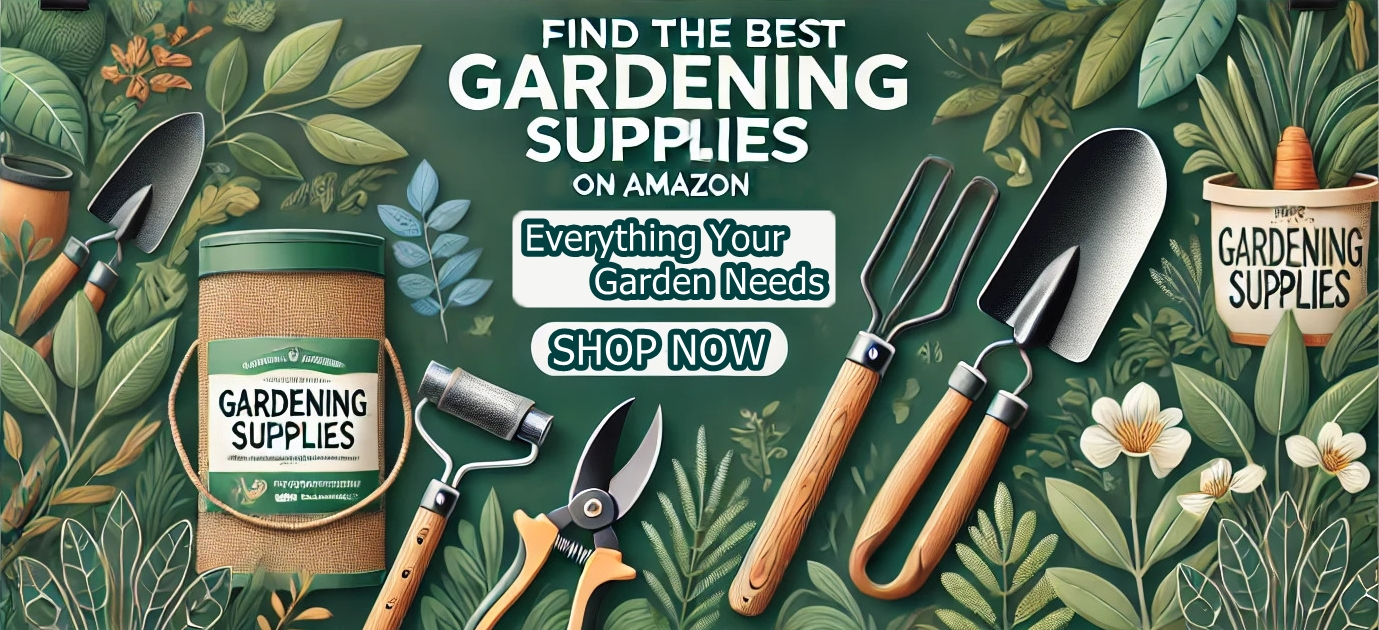
Choosing the right hydrangea for your garden isn’t just about flower colour or bloom size-it’s about giving the plant the conditions it needs to thrive. Over the years, I’ve learned (sometimes the hard way!) that the key to lush, long-lasting hydrangea displays is matching the right species to your microclimate, soil, and space. Below are the most important factors to consider, based on experience and advice from trusted UK and US horticultural sources such as the RHS, Missouri Botanical Garden, and expert growers I’ve personally met.
Light is one of the most crucial elements. If your garden gets full sun most of the day, particularly in southern or more exposed locations, opt for Hydrangea paniculata or Hydrangea arborescens. These types are sun-hardy and less prone to scorching or drooping. Their ability to bloom on new wood also means they’ll perform well year after year-even if you get the occasional late frost.
On the other hand, if your garden is dappled or lightly shaded-perhaps by fences, mature trees, or neighbouring buildings-then Hydrangea macrophylla and Hydrangea serrata are ideal. These thrive in woodland-style conditions and benefit from a few hours of morning sun followed by shade during the hottest part of the day. From personal experience, I’ve found that mopheads do particularly well on the east side of my house, where they get just enough light to bloom, but not so much they wilt by noon.
Hydrangeas aren’t overly fussy about soil texture (clay, loam, or sandy soil), but pH has a big impact-especially for colour-changing varieties. For blue or purple blooms, your soil should be acidic (pH below 6). This is often naturally the case in parts of Wales, Scotland, and the South West. If you’re unsure, a quick soil test kit can give you a reading in seconds.
Alkaline soils (pH above 7), more common in the southeast of England, will produce pink or even red shades. If you have neutral soil, you can nudge it towards acidic by using ericaceous compost in containers or incorporating sulphur-based soil amendments. I’ve used rainwater to help maintain acidity in pots, and it really made a difference for my ‘Blue Danube’ lacecap.
Gardeners often underestimate how large hydrangeas can get. Some mature to over 2.5 metres high and wide - brilliant for hedges or back-of-border planting, but not ideal for tight urban plots. For smaller gardens, patios or even balcony containers, compact cultivars are your best bet. Look out for names like ‘Little Lime’, ‘Magical Revolution’, or ‘Bobo’-all bred specifically for reduced size but without sacrificing bloom power.
Personally, I planted ‘Little Lime’ in a half-barrel near our seating area, and not only does it stay manageable, but its lime-to-blush blooms bring a real charm to that part of the garden from late summer into autumn. If space is a concern, always check the label or online variety page to confirm the plant’s mature height and spread.
Wind can quickly turn a beautiful hydrangea into a tattered mess. If your garden is exposed-whether coastal, hilltop, or just breezy-choose resilient types like Hydrangea arborescens or strong-stemmed paniculatas. These can tolerate movement without snapping or wilting. I live in a spot that gets regular crosswinds, and ‘Incrediball’ has been a rockstar - holding its huge blooms upright even after a storm.
Conversely, avoid delicate cultivars like serratas in wind-prone zones. Their finer stems and leaves can suffer from scorching, desiccation, and even physical damage. If you’re determined to grow them in such spots, plant them near walls or use sheltering companion plants to soften the breeze.
For more detailed tips on safeguarding your hydrangeas from gusts, storms and extreme weather, I recommend our in-depth guide on protecting hydrangeas from strong winds and harsh weather conditions . It covers practical techniques like staking, mulching, and creating windbreaks-essential reading if your site is at all exposed.
It’s incredibly rewarding to see a hydrangea thriving in the spot you chose for it. When you match plant to place-from light levels to wind exposure-you’re not just improving bloom quality, but also reducing your maintenance workload. And believe me, there’s nothing more satisfying than seeing lush flowers flourish where others might struggle, simply because you took the time to get to know your garden a little better.
Choosing the right hydrangea isn’t just about flower colour or bloom size - it’s also about selecting a variety that fits your garden environment. Whether you have full sun, a shaded nook, or limited space for containers, there’s a hydrangea that will thrive. Here’s a closer look at the best options by garden type, including their specific benefits and care requirements.
If your garden receives full sun for most of the day, opt for Hydrangea paniculata varieties. These are sun-tolerant, heat-resilient, and bloom prolifically even in strong light conditions. Two standout cultivars include:
For gardens with dappled or partial shade, opt for Hydrangea macrophylla or Hydrangea serrata types. These varieties enjoy cooler, sheltered positions and often reward you with more vivid colours in lower light.
If you're working with a patio, balcony, or small courtyard, compact hydrangeas are your best friend. These varieties are specifically bred for pots and planters, offering maximum impact with minimal space requirements.
If you're building a garden that supports bees, butterflies, and other pollinators, opt for open-flowered hydrangeas. Their accessible nectar sources and long blooming periods make them valuable additions to a wildlife-friendly space.
While hydrangeas generally prefer moist conditions, some varieties are better adapted to drier environments-provided they receive occasional deep watering and benefit from organic mulch to retain moisture.
Tip: Even in dry-tolerant gardens, avoid shallow watering. Instead, water deeply once or twice a week, allowing roots to grow downwards. A 5–7cm layer of bark mulch helps lock in precious moisture.
Shopping for hydrangeas in person is a brilliant opportunity to inspect the plant’s health before committing - something that even the best online photo can’t fully capture. It also allows you to ask questions, compare cultivars side by side, and, frankly, enjoy that satisfying feeling of choosing the one. That said, it’s easy to get caught up in the flowers and overlook the signs that really matter. Here’s what I always look for - based on experience, a few past mistakes, and lots of chats with nursery professionals over the years.
Start by looking at the foliage. Ideally, you want lush, evenly coloured leaves with a firm texture. Avoid any plant showing yellowing, dark spots, wilting, or holes - these can indicate pests, fungal issues, or nutrient deficiencies. Slight weathering at the leaf edges can happen, especially in open-air displays, but widespread damage is a red flag.
Don’t forget to check the undersides of the leaves, where aphids and spider mites often linger. If you spot fine webbing, sticky residue, or discolouration, move on. A healthy hydrangea should have vibrant foliage from base to tip.
The best hydrangeas have multiple strong, upright stems emerging from the base. This creates a fuller plant with better structure long-term. Avoid leggy or unbalanced plants with just one tall shoot - they’re more likely to flop over in your garden, and they may have been ‘forced’ into early growth in warm conditions.
Give the stems a gentle wiggle - they should feel sturdy and spring back. Brittle, floppy, or leaning stems could be signs of poor care or overwatering.
If the nursery allows it, gently lift the plant out of its pot to inspect the roots - or at least tip it to peek underneath. The roots should be white to light brown, fibrous, and evenly distributed around the root ball. Avoid plants that are pot-bound (with thick roots spiralling tightly at the bottom or climbing out of the drainage holes), as they can take longer to establish after planting.
I made this mistake once with a gorgeous mophead - full of flowers but completely root-bound. It never really settled in, and despite my best efforts, it remained stunted while its neighbours thrived. Lesson learned!
Hydrangeas are thirsty, but their roots hate sitting in water. The compost should be moist to the touch - not soggy, and definitely not dry and shrinking away from the sides of the pot. Bone-dry soil can signal neglect, while overly wet conditions could lead to root rot.
Stick your finger about an inch into the compost. If it’s cool and lightly damp, that’s ideal. If it’s dripping wet or smells slightly sour, choose another plant - or ask staff how long it’s been sitting in water.
It’s tempting to buy a “pink hydrangea” or a “lovely blue one,” but long-term success comes from knowing exactly what cultivar you’re getting. Look for tags that include the full plant name (including variety), RHS hardiness rating, final size, and flowering time.
Good labels also mention pruning needs and sun/shade preferences. These are essential, especially for distinguishing whether you’re buying a plant that flowers on old or new wood - it’ll affect how and when you prune.
If there’s no label or it’s generic (e.g., “Hydrangea - mixed”), don’t hesitate to ask. Staff at reputable centres are usually happy to help, and you’ll thank yourself later when it’s time to plan the planting spot.
Bonus Tip: Bring a small gardening notebook or use your phone to take pictures of the tag and the plant - I do this every time. It helps when cross-referencing varieties later, especially if you’re building a colour palette or choosing companion plants.
Ultimately, buying in-store is about slowing down and using your senses - touch the leaves, check the soil, look under the pot. Trust your instincts. If the plant looks healthy, stands tall, and has clear labelling, you’re far more likely to go home with a hydrangea that will reward you for years to come.
Buying hydrangeas online can be incredibly convenient - especially if you're after a rare variety or shopping out of season. That said, it does come with some risks, particularly if you're new to the world of mail-order gardening. Without the chance to see or touch the plant beforehand, it’s important to be extra thorough and know what to look for to avoid disappointment. Here's how I approach it, based on years of trial and error - and a couple of hydrangeas that arrived looking like limp spaghetti.
Always start by checking independent customer reviews. Don’t rely solely on glowing testimonials from the website itself - instead, check platforms like Trustpilot, Feefo, Google Reviews, or even gardening forums. You’re looking for consistency in comments about plant health, packaging, delivery speed, and aftercare.
In my experience, one or two negative reviews are normal - we’re all human - but recurring complaints about poor condition on arrival or unresponsive customer service are a major red flag. I once ignored the signs with a discounted ‘Blue Danube’ and received a withered twig with a leaf. Lesson learned: reviews matter.
“Medium” or “established” might sound promising, but what does it actually mean? Without specifics, it could be anything from a plug plant to a nearly mature shrub. Look for details like pot size (e.g., 2L, 3L, or 5L), plant height in cm, or age.
Good nurseries often include a photo of the actual size range being shipped - that’s the gold standard. If you’re planning for this season’s blooms, aim for a plant in at least a 3-litre pot. Smaller plants are fine for future seasons, but they’ll take longer to establish and fill out.
Reliable sellers are transparent about delivery windows and return policies. Look for details on dispatch timing (especially in colder months), courier services used, and how issues like delays or damaged plants are handled. Some UK nurseries pause delivery during extreme heat or frost, which is actually a good sign - it shows they care about plant welfare.
Also, check if they accept returns or offer store credit. A “no refunds on live plants” policy isn’t necessarily a red flag, but it should be clearly explained. Ideally, they should have a fair system for replacements if your plant arrives in poor condition.
The best online nurseries stand by their plants with a “plant health guarantee” - often for 3, 6 or even 12 months. It gives peace of mind that if something goes wrong despite your best efforts, you’re not left empty-handed.
Packaging also matters. Look for descriptions (or reviews) of how plants are shipped: breathable boxes, recyclable materials, secured rootballs, and moisture-retaining packing are all signs of thoughtful care. I once received a hydrangea packed with damp newspaper and tied upright - not glamorous, but it arrived pristine and blooming within a week.
This is a surprisingly common mix-up. Florist hydrangeas, sold around Mother’s Day or Easter, are often Hydrangea macrophylla types that have been forced into early bloom and bred for temporary indoor display. They’re stunning - but they’re not hardy garden plants.
Look for keywords like “garden hardy,” “shrub,” “RHS AGM,” or references to planting zones or outdoor conditions. If the description is all about table centrepieces or indoor use, it’s probably not a variety you want for your garden.
One of my gardening group friends once planted a supermarket-bought indoor hydrangea straight into her border in early April. It didn’t survive the first frost. A heartbreaking waste, really - especially when you can get beautiful hardy varieties with a bit of research.
Tip: Many reputable UK online nurseries now let you pre-order for spring delivery. This is a great way to reserve popular varieties - especially new introductions or RHS award winners - before they sell out.
And if you’re still unsure where to start, take a look at our roundup of the best hydrangea specialists in the UK. These trusted nurseries and growers focus specifically on hydrangeas and are a great source of rare cultivars, expert advice, and top-quality plants delivered right to your door.
Buying online just means doing your homework: read the small print, check the nursery's credentials, and don’t be afraid to ask questions. If everything checks out, the joy of receiving a healthy hydrangea by post is absolutely worth it - especially when you’re building a garden full of thoughtful, beautiful choices.
Choosing the right hydrangea isn’t just about colour and size-it's also about selecting a healthy plant that will thrive in your garden long-term. When shopping in person or online, be on the lookout for these common warning signs that may indicate poor plant health, improper handling, or unreliable sellers.
Spotted foliage can be more than just cosmetic damage. Black or brown lesions-especially when ringed with a yellow halo-may be signs of fungal diseases such as leaf spot (Cercospora or Anthracnose), or in some cases, bacterial blight. These infections can spread rapidly, especially in warm, humid conditions or when plants are overcrowded.
If you see extensive spotting or wilting associated with discolouration, it’s best to avoid the plant entirely. Even if a garden centre offers a discount, introducing disease into your garden is never worth the risk.
Hydrangeas should have full, turgid leaves in a healthy green shade (or variegated, depending on the cultivar). Pale, drooping, or curling leaves could indicate root rot, often caused by overwatering or poor drainage in the nursery. It might also signal a lack of nutrients, especially nitrogen or iron deficiency.
Plants suffering from these issues are often slow to establish after planting and may fail to flower in the first season. Always inspect the foliage closely-wilting despite moist soil is a red flag.
If the leaves feel sticky to the touch or you notice fine silk-like threads between stems or under leaves, the plant may be infested with pests such as aphids, whiteflies, or spider mites. These pests feed on plant sap and often excrete honeydew, which leads to sooty mould and fungal problems.
Check the undersides of leaves and leaf joints for clusters of insects or eggs. A healthy hydrangea should be pest-free at the point of sale. Even if pests can be treated later, bringing them home puts your entire garden at risk.
While it’s tempting to buy a hydrangea in full bloom to admire its colour and form, be cautious if the plant is flowering unusually early-such as in March or early April in the UK. This often means it’s been forced in heated greenhouses, which weakens the plant’s natural cycle.
Forced plants may suffer transplant shock more easily and might not bloom properly in the following season. In my own experience, an early-blooming mophead I bought years ago never truly recovered-its flowering was erratic for several years after planting.
Hydrangeas are highly variable, and the cultivar determines not only flower colour and shape, but also size, hardiness, bloom time, and pruning needs. If the label simply says “Hydrangea macrophylla” with no variety listed, that’s a problem.
Without a proper cultivar name, it’s difficult to predict how large the plant will grow or what care it needs. This is particularly important for small gardens or container growers, where space is limited. Trustworthy sellers always include detailed labels with the full cultivar name, eventual height and spread, and basic growing requirements.
Identifying these red flags before purchase can save you time, money, and future disappointment. Whether you’re shopping at a local garden centre or ordering online, prioritise healthy, well-labelled hydrangeas from reputable sources. Remember: a strong start is the key to long-term success in the garden.
If you're new to growing hydrangeas, you're in for a rewarding journey-but like any plant, a good start makes all the difference. Whether you’re shopping at a local nursery or ordering online, these extra tips will help ensure your hydrangea gets off to a strong and successful beginning.
We all gravitate toward showy blooms, but oversized flowers on young plants can be misleading. Often, these plants have been pushed to flower early with fertilisers or greenhouse conditions. The result? While the blooms may look impressive in the pot, the plant’s root system may not be well developed enough to support healthy, sustained growth.
Instead, choose a balanced plant with strong stems, healthy foliage, and moderate flowering. These tend to adapt better to garden conditions and reward you with long-term performance once planted.
Timing matters. Purchasing and planting hydrangeas in early spring (March–May in the UK) allows them to establish roots before summer heat kicks in. Root growth happens before and after flowering, so the earlier they’re in the ground or pot, the more energy they can put into settling in.
Late-season purchases can still succeed, but they’ll need extra watering and care-especially during dry spells. For best results, avoid planting during heatwaves or in frozen ground, and give your new plant a good soak before and after transplanting.
Hydrangeas vary in how and when they should be pruned. Some bloom on old wood, others on new wood-and some on both! Unless you’ve labelled your plants clearly, it can be nearly impossible to remember which variety you planted where, especially in winter when foliage has died back.
Use weatherproof plant tags or write on the pot with a permanent marker if planting in containers. Trust us-your future self will be very grateful when it’s time to prune or troubleshoot poor blooming.
One of the most enchanting features of certain Hydrangea macrophylla varieties is their ability to change colour depending on soil pH. For blue blooms, acidic soil is key (pH below 6). However, many UK gardens naturally have alkaline or neutral soil, which turns blue varieties pink or lilac.
The easiest workaround is to grow your hydrangea in a pot filled with ericaceous compost, which maintains the acidity needed for blue colouration. Supplement with a fertiliser designed for acid-loving plants, and water with rainwater when possible to avoid lime build-up from tap water.
If you’re overwhelmed by the choices, go with tried-and-tested varieties. Hydrangea arborescens ‘Annabelle’ is one of the easiest hydrangeas to grow, thriving in a wide range of soil types and weather conditions. It blooms reliably even after hard pruning, and its white globe-like flowers brighten up any part of the garden.
Similarly, Hydrangea paniculata ‘Limelight’ is a fuss-free panicle hydrangea with lime-green to creamy white flowers that turn pink in autumn. It tolerates full sun, blooms on new wood, and requires minimal intervention-making it perfect for beginners or anyone who wants big impact with little effort.
Starting your hydrangea journey with the right expectations-and the right plant-makes all the difference. As a first-time grower, focus on healthy roots, suitable conditions, and a forgiving variety. From there, the magic will follow, bloom after bloom.
Choosing the right hydrangea is part science, part art-but it doesn’t have to be difficult. By understanding your garden’s needs and following expert advice, you’ll find a variety that not only survives, but thrives for years to come.
Hydrangea arborescens varieties like ‘Annabelle’ are very forgiving, resilient and bloom reliably. They’re ideal for those new to gardening or hydrangeas.
If you have full sun, opt for Hydrangea paniculata or arborescens. For dappled shade or morning sun only, macrophylla and serrata types work best. Avoid full deep shade altogether.
Yes - mainly Hydrangea macrophylla and serrata types. Acidic soils (pH under 6) produce blue tones, while alkaline soils (pH above 7) shift flowers to pink. You can also manipulate colour with additives like aluminium sulphate or lime.
Absolutely. Choose compact varieties such as ‘Little Lime’, ‘Fire Light Tidbit’ or ‘Preziosa’. Use a loam-based compost (John Innes No.3) and ensure the pot has drainage holes. Water more often in warm months.
Look for perky, green leaves without brown edges or black spots. Check for no pests (like aphids or spider mites), and lift the pot to inspect root health-roots should be white or light and not spiralling excessively.
Look for plants in a 2L or 3L pot that are already established. Smaller plug plants or bare roots may take a year or two to bloom. Avoid overlarge, root-bound plants unless they’re discounted and healthy.
Florist hydrangeas are often bred for short-term indoor display. They’ll be in decorative foil wrap, sometimes blooming out of season, and usually aren’t labelled as hardy. Always ask or check the label for “hardy shrub” or “suitable for planting out.”
Generally, no. Hydrangeas are outdoor shrubs and need winter dormancy. You can keep florist hydrangeas indoors for a few weeks, but they’ll decline unless planted outside later (and only if they’re hardy).
Compact cultivars like ‘Bobo’, ‘Little Lime’, ‘You and Me Together’ or dwarf paniculata types are excellent. They provide showy blooms without overwhelming small spaces or containers.
In bloom, you can see the flower colour and form-but out-of-bloom plants often transplant better and establish more quickly. Spring purchases give the best of both worlds: visible buds and active root growth.
Early spring (March–May) and early autumn (September) are ideal. Avoid mid-summer if there’s a heatwave, and avoid planting bare roots in frozen or soggy ground.
Avoid plants with yellowing leaves, signs of mildew or black spots. Wilting in-store can indicate stress. Also steer clear of hydrangeas in bud with drooping stems-recovery may be difficult once planted.
Yes, especially from UK-based nurseries with good reviews and plant guarantees. Always check if they offer replacements for plants that arrive damaged or in poor condition. Look for photos of real customer deliveries.
For cottage gardens, soft pinks and blues work well. White and lime-green hydrangeas suit minimalist or modern styles. For bold colour accents, go for rich purples or reds like ‘Magical Ruby Tuesday’ or ‘Miss Saori’.
Only certain types, such as macrophylla and serrata, respond to pH changes. With the right soil amendments, you can shift them from pink to blue or vice versa-though it may take a season or two to see results.

Discover the top hydrangea specialists across the United Kingdom, offering a diverse range of varieties and expert advice.
Read More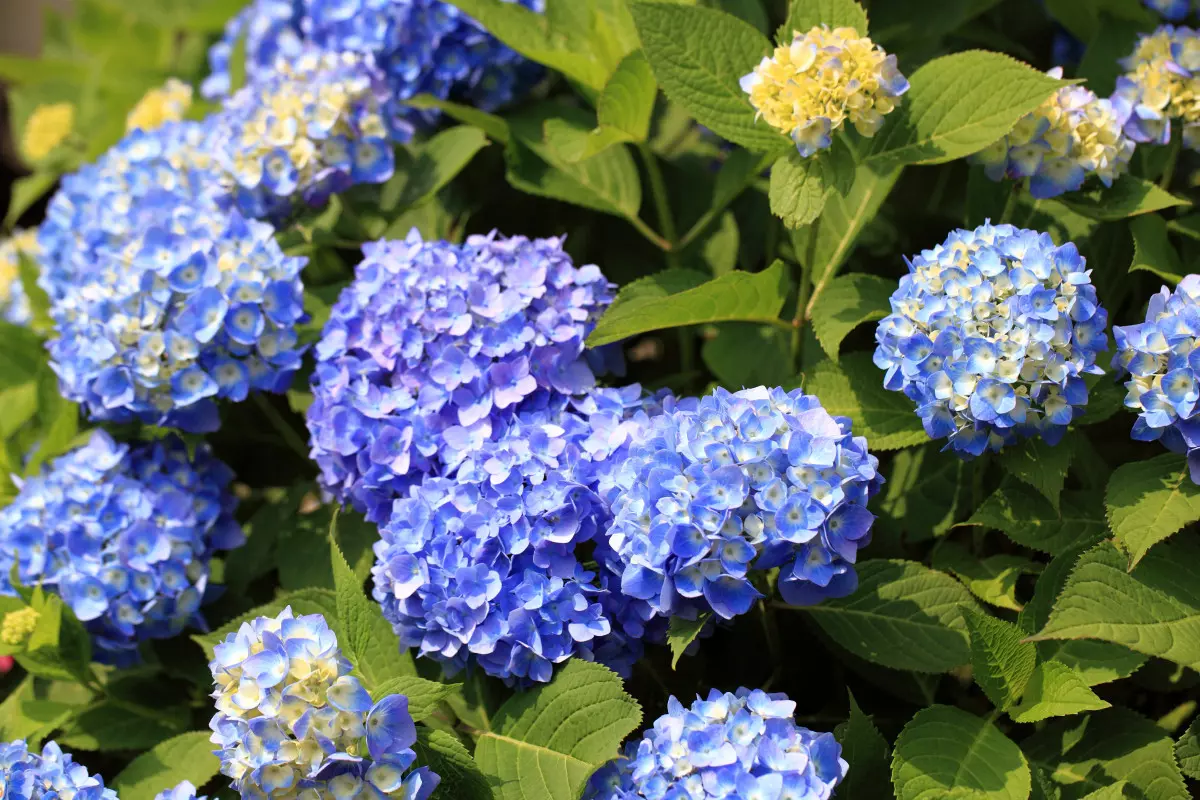
A comprehensive guide on planting and caring for hydrangeas, covering site selection, soil preparation, planting steps, watering, fertilising, pruning, and pest management.
Read More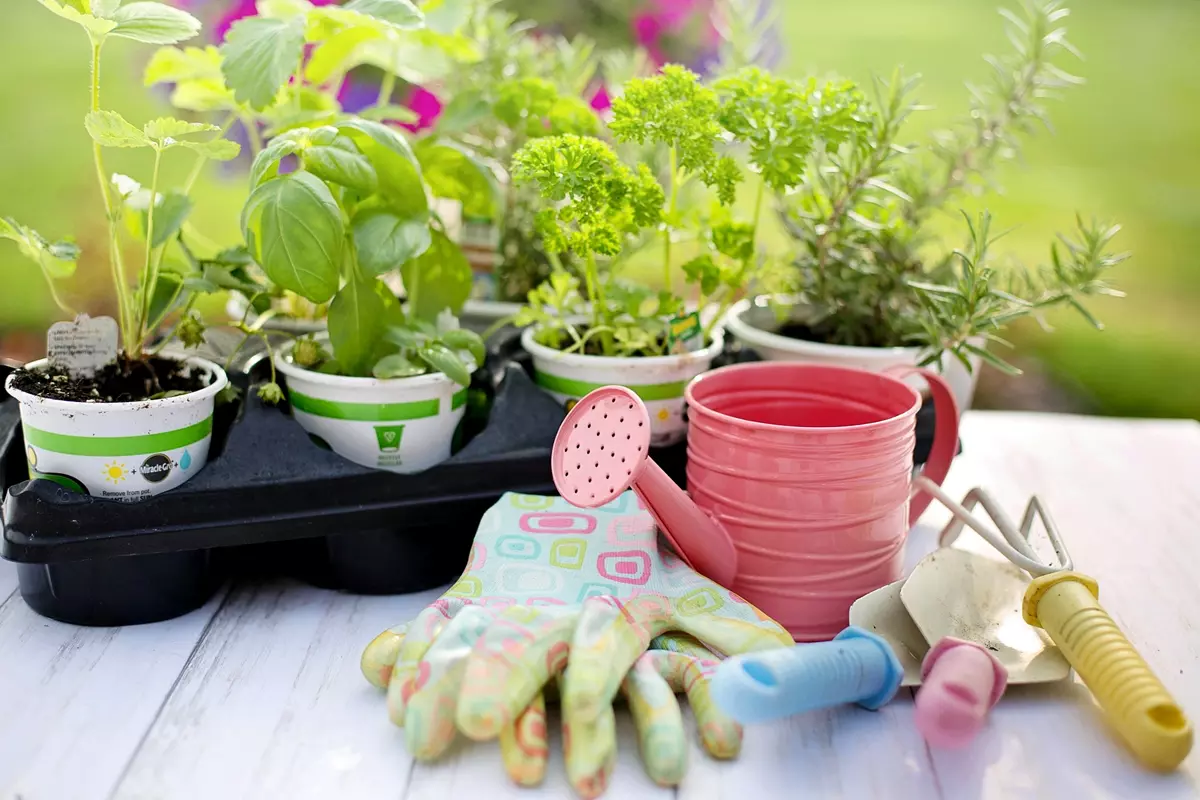
Discover the 5 must-have gardening tools every gardener needs! Learn how to choose the best equipment for a thriving garden. Read the ultimate guide now!
Read More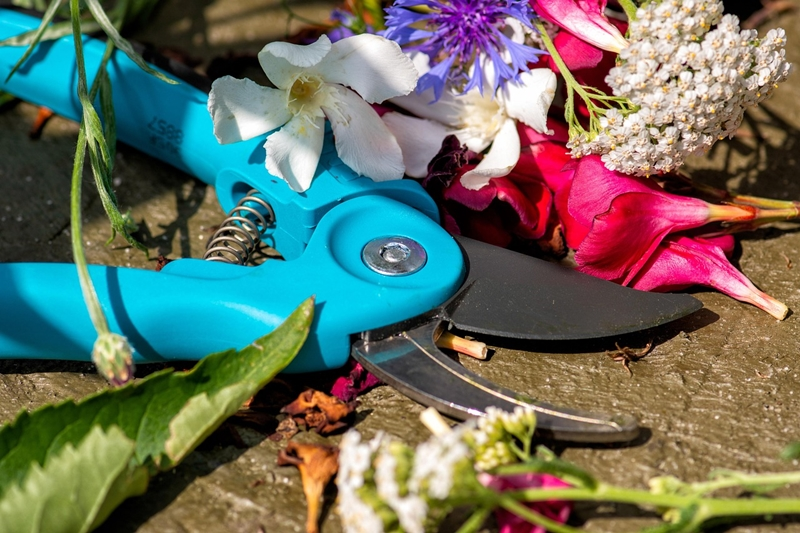
Discover the top 7 pruning shears and tool sets on Amazon USA in 2025. Compare features, uses, and benefits to choose the best garden tools for your needs.
Read More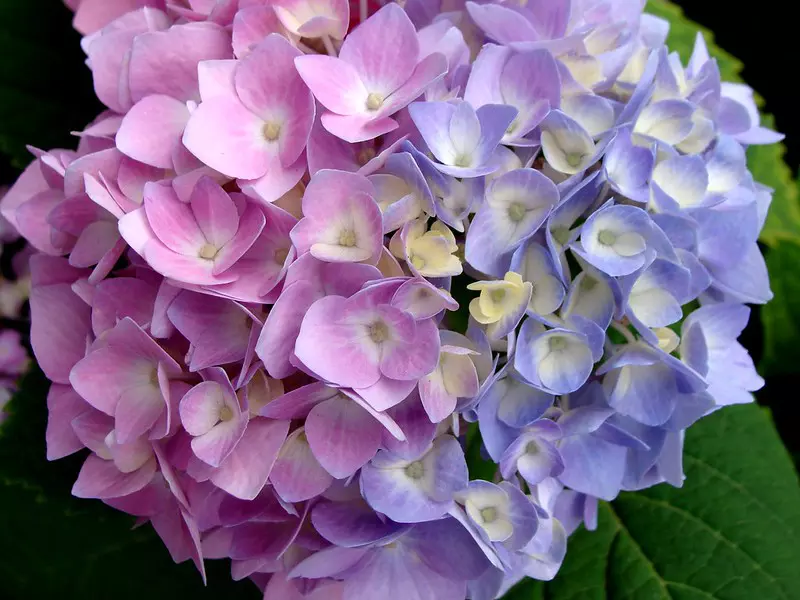
Learn how to manipulate hydrangea flower colours through soil pH adjustments, aluminium availability, and proper fertilisation techniques.
Read More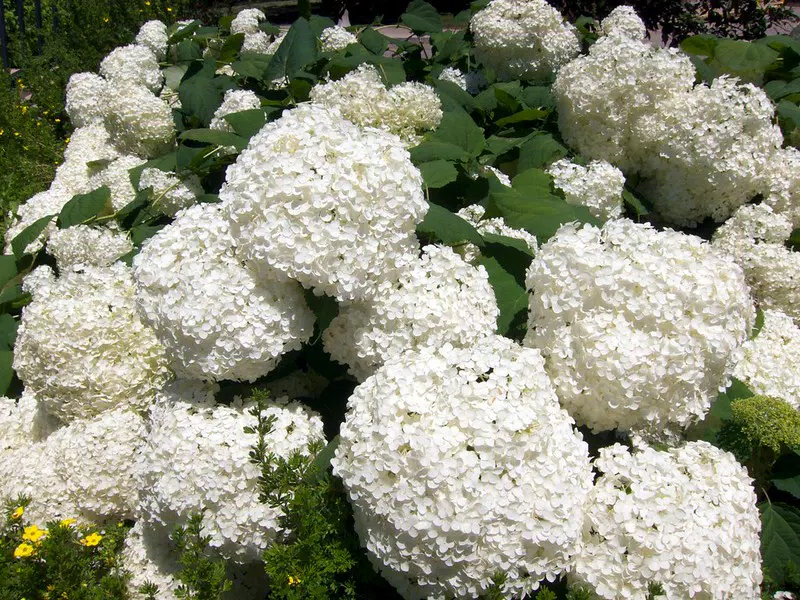
Discover the top 10 most popular hydrangea varieties in the UK, their unique characteristics, and tips for incorporating them into your garden.
Read More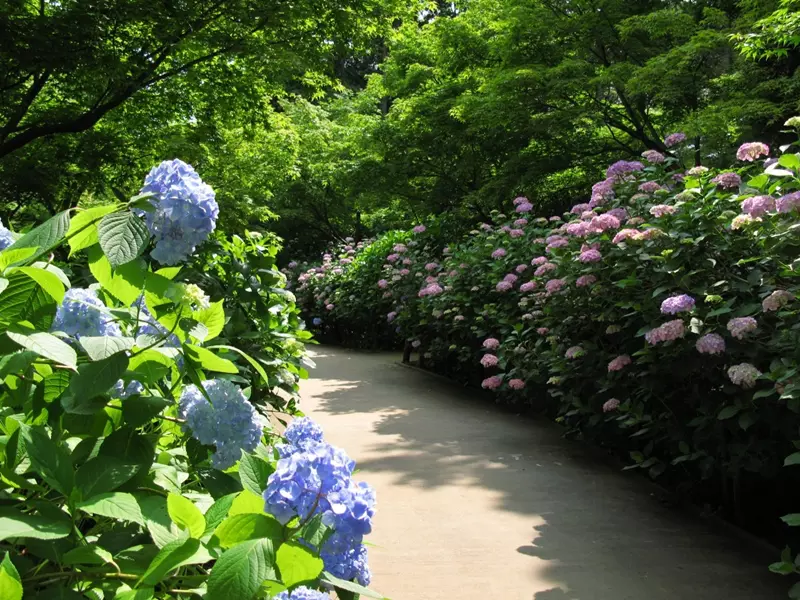
Explore the best hydrangea varieties for urban gardens in the UK, including their unique features and benefits for city environments.
Read More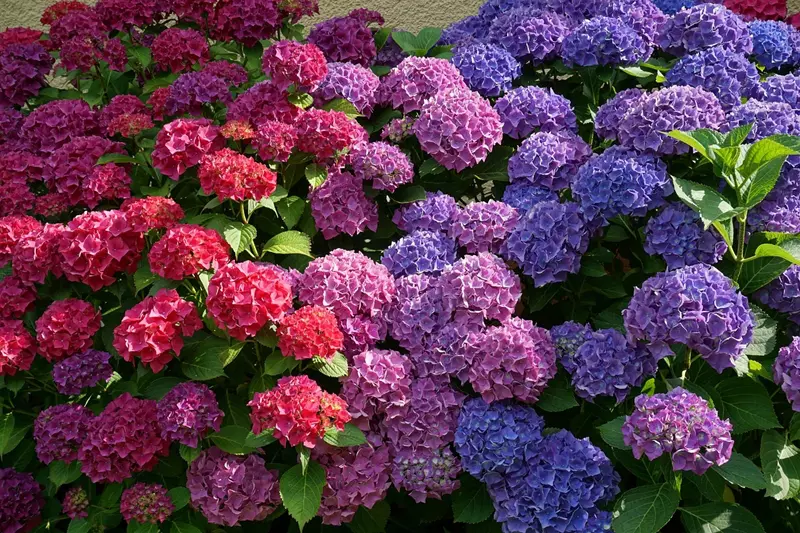
Discover 10 essential tips for ensuring abundant blooms in hydrangeas, including site selection, pruning, fertilisation, and pest protection.
Read More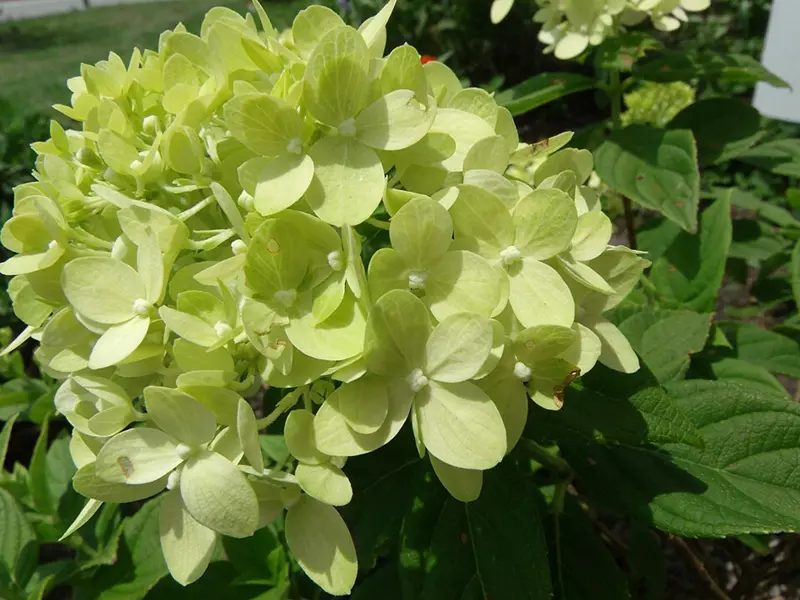
Discover the top 10 Hydrangea paniculata varieties popular in the UK. These stunning plants are ideal for gardens of all sizes and styles.
Read More